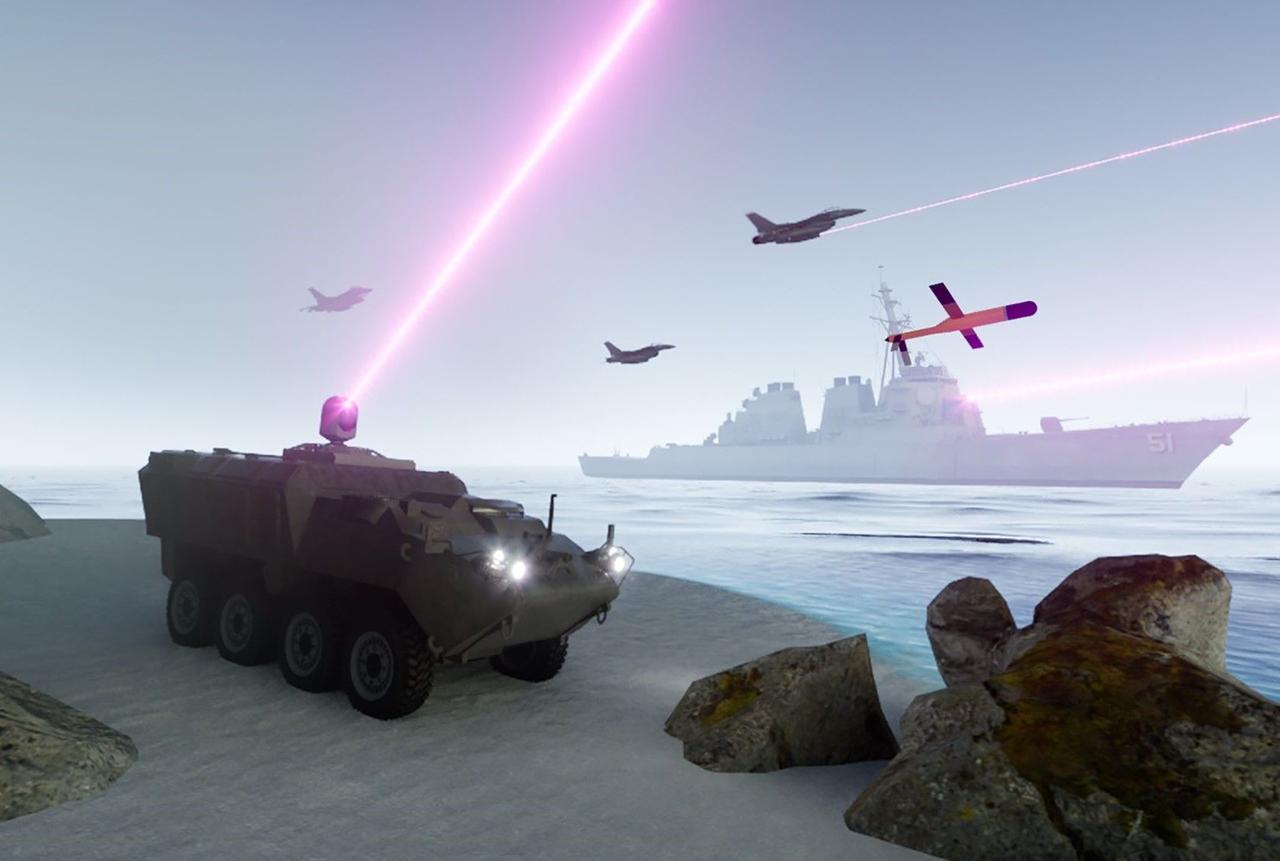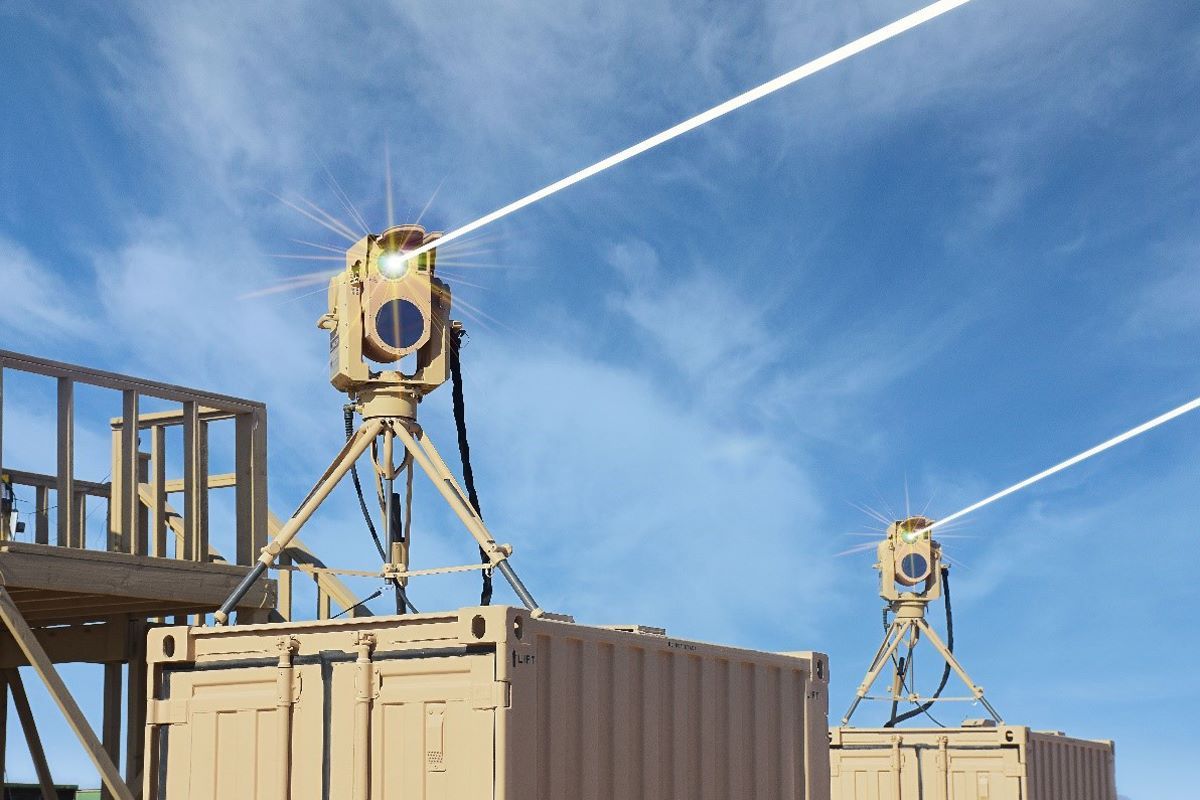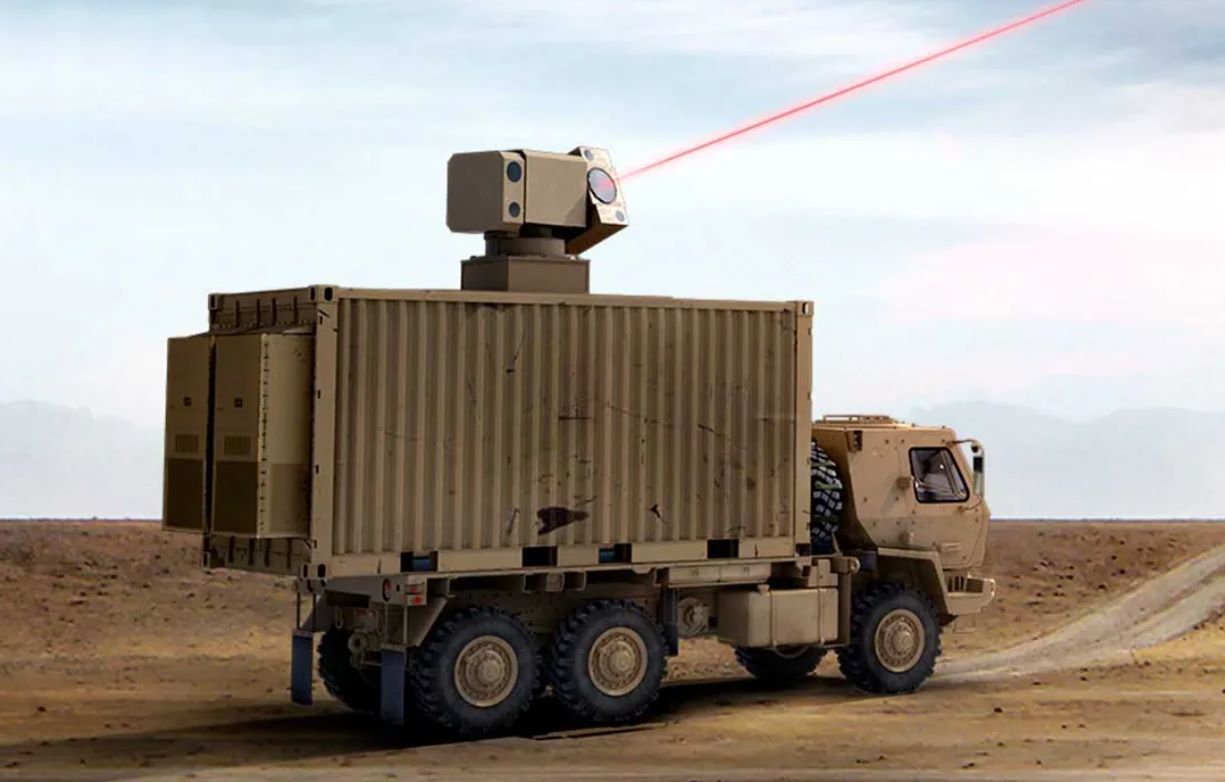
Compact laser weapon with interchangeable magazines for quick reloading is being developed for the military
Military engineers have proposed the concept of a new type of laser weapon, with interchangeable magazines, like an assault rifle, but instead of bullets, the clips will contain charged batteries.
The military has realized that air defense systems are unprofitable to use against cheap drones: to shoot down a $2,000 drone, you have to fire a missile worth hundreds of thousands of dollars. For this reason, military engineers are developing laser weapons, which are much cheaper to operate. In addition, the laser system can fire continuously, having a sufficient supply of electricity.
However, modern high-energy lasers have a number of problems that hinder their use. And one of them is constant access to a powerful source of electricity. The continuous firing of laser beams generates a lot of energy and heat, which requires bulky cooling systems.

Military engineers came up with an idea: a laser weapon equipped with a kind of analogous “magazine,” but instead of bullets, the clips are filled with charged batteries. When the charge of one magazine runs out, it can be quickly replaced with another. These “magazines” will limit the number of shots, but such weapons do not require a large cooling system and will not be tied to a single large and cumbersome power source.
According to the engineers’ plan, one store will be able to power a 20 kW laser unit and operate at a wavelength of 1 micron. Since it will be cooled by air rather than water, the laser will weigh no more than 9 kg. This is not a very powerful system compared to lasers, whose power varies from 50 to 300 kW. However, the military also needs a compact laser weapon to shoot down small drones.

“Modern high-energy laser weapons operate in a limited cycle. It can be launched for a limited period of time, then the system spends some time offline while the batteries recharge and the system cools down. If this project is successful, it could fundamentally change the use of laser weapons and allow them to be integrated into mobile platforms,” said Ian Boyd, director of the Center for National Security Initiatives at the University of Colorado.

